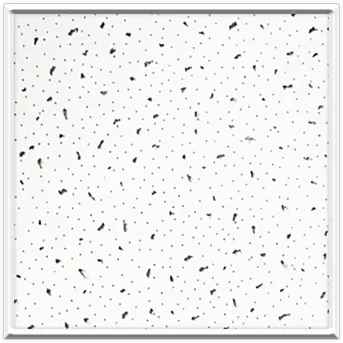8 月 . 09, 2024 02:50 Back to list
Exploring the Benefits and Installation of Drop Ceiling Cross Tees in Modern Interior Design
Understanding Drop Ceiling Cross Tees A Comprehensive Overview
In the world of interior design and construction, the importance of ceiling design cannot be overstated. Among the various components that contribute to a well-structured ceiling system, the drop ceiling cross tee plays a crucial role. This article will delve into the definition, functions, installation, and advantages of drop ceiling cross tees, providing a comprehensive overview for architects, builders, and homeowners alike.
What is a Drop Ceiling Cross Tee?
A drop ceiling, also known as a suspended ceiling, is a secondary ceiling hung below the main structural ceiling. It is commonly used in commercial buildings, offices, schools, and even residential spaces to conceal unsightly pipes, wires, and other mechanical elements while providing easy access for maintenance. The cross tee, a rectangular or T-shaped metal component, is an essential part of the grid system that supports the ceiling tiles.
Cross tees are designed to intersect with main tees to form a grid, which ultimately holds the lightweight ceiling tiles in place. These grid structures not only create a visually appealing ceiling but also allow for sound insulation, energy efficiency, and aesthetic flexibility.
Functions of Drop Ceiling Cross Tees
1. Structural Support Cross tees provide essential support to the ceiling tiles, ensuring they remain securely in place. They typically come in various lengths and widths to accommodate different tile sizes and grid layout designs.
2. Design Versatility The arrangement of cross tees enables various ceiling patterns and designs, allowing architects and designers to create unique looks tailored to specific spaces.
3. Concealment One of the primary functions of a drop ceiling is to hide mechanical installations. The cross tees, in combination with main tees, help create a clean aesthetic by masking wires, ducts, and pipes.
4. Access to Utilities Unlike traditional ceilings, a drop ceiling allows easy access to utilities. By dropping down tiles within the grid system, maintenance personnel can reach the underlying mechanical systems without the need for extensive renovation.
Installation Process
Installing drop ceiling cross tees involves several steps
drop ceiling cross tee

1. Planning Before installation, it’s essential to measure the room and plan the grid layout, including where the main tees and cross tees will be placed.
2. Installing Main Tees Main tees are typically installed first, spaced evenly across the width of the room. They are anchored to the building's structural ceiling using hangers.
3. Adding Cross Tees Once the main tees are in place, cross tees are inserted at right angles to the main tees, creating a grid pattern. They must be securely locked into place to provide maximum support.
4. Inserting Ceiling Tiles Finally, ceiling tiles are placed into the grid, completing the drop ceiling.
Advantages of Using Drop Ceiling Cross Tees
1. Cost-Effective Drop ceilings can be more economical than traditional ceiling systems, as they require less material and labor to install.
2. Acoustic Performance Many ceiling tiles designed for drop ceilings have sound-absorbing properties, helping to reduce noise levels in busy environments.
3. Flexibility for Changes If an office layout changes or renovations are planned, altering a drop ceiling is significantly easier than modifying a traditional ceiling.
4. Aesthetic Appeal Drop ceilings offer a polished and professional look, enhancing the overall ambiance of the space.
Conclusion
Drop ceiling cross tees are integral to the functionality and design of suspended ceilings. Their ability to provide structural support, allow for creative design choices, and conceal mechanical systems makes them invaluable in various applications. Understanding the role of cross tees can assist architects and builders in creating visually appealing and efficient spaces, ultimately enhancing the user experience. As trends in interior design continue to evolve, drop ceilings and their components will remain a popular choice for versatile and functional environments.
-
Revolutionizing Interior Design with Ceilings t grid Suspended SystemNewsOct.29,2024
-
Revolutionizing Ceiling Design with ceiling access panel with Gypsum Tile WaterproofNewsOct.29,2024
-
Revolutionizing Interior Design with PVC Gypsum Ceiling: A Comprehensive GuideNewsOct.29,2024
-
Elevating Interior Design with High quality Mineral Fiber Ceiling TilesNewsOct.29,2024
-
Revolutionizing Interior Design with PVC Gypsum Ceiling: A Comprehensive GuideNewsOct.29,2024
-
Elevating Interior Design with High-Quality Mineral Fiber Ceiling Tiles: A Comprehensive GuideNewsOct.29,2024







